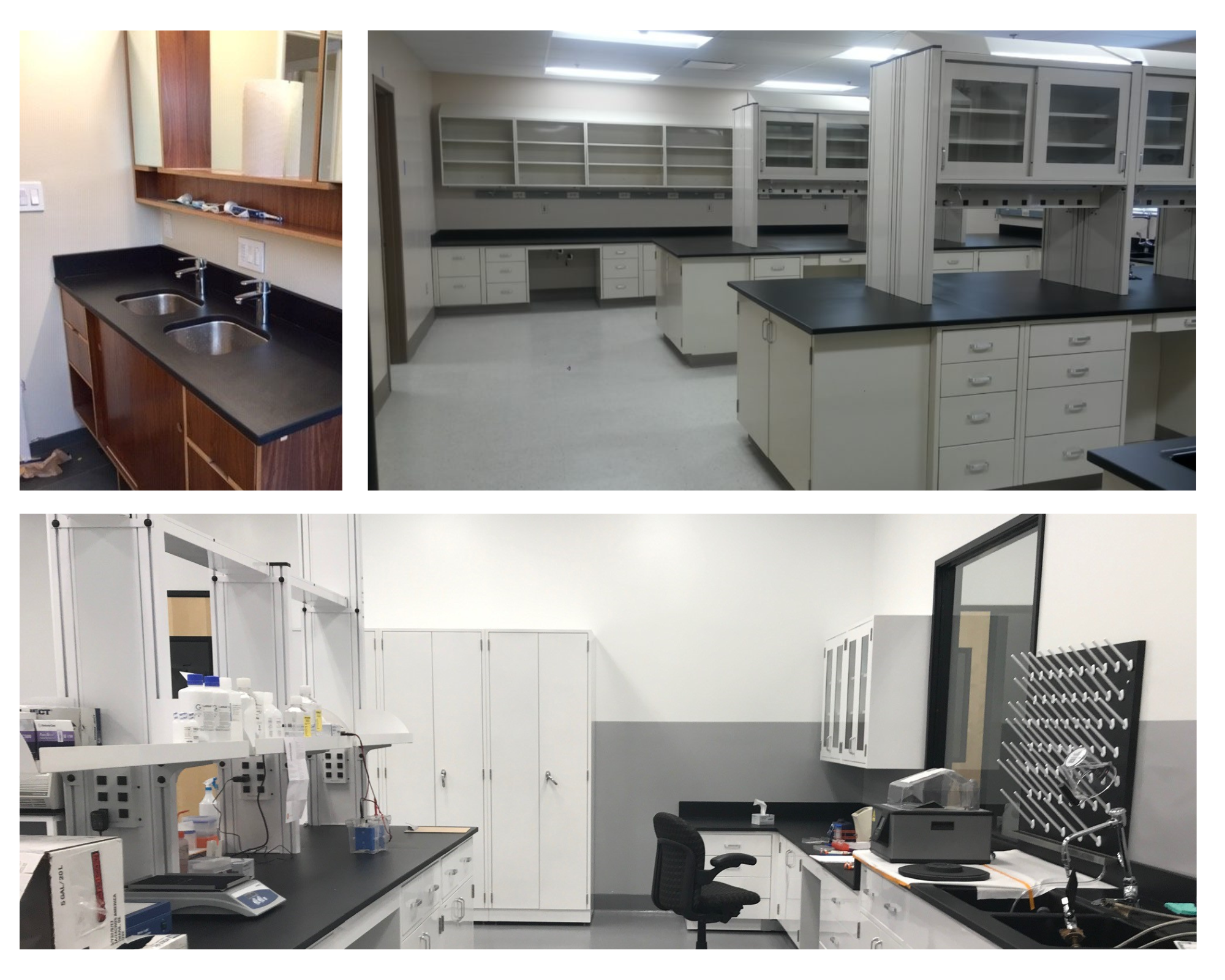Choosing the right material for your laboratory countertops and workspaces takes careful research and planning. Careful consideration should be given to the practicality of the surface materials in question, as well as their overall appearance. Knowing the differences between chemical grade phenolic resin and standard phenolic resin can help you make a wise choice that best suits your long-term needs. The following information will cover a general comparison of chemical grade phenolic resin and standard phenolic resin to help you determine which choice is right for you.
Pros of Chemical Grade Phenolic Resin
When considering the differences between chemical grade phenolic resin and standard phenolic resin, it’s important to keep in mind some of the benefits that each one has to offer. Chemical grade phenolic resin benefits include offering an extra layer of chemical resistant resin to ensure safe working conditions. Chemical grade phenolic resin benefits make it the perfect surface for prep rooms, science laboratories, and other similar types of work environments that are exposed to chemicals frequently. These work surfaces provide an area that is easy to clean, resistant to stains, and resistant to chemical residue build-up.
Cons of Chemical Grade Phenolic Resin
When a careful comparison of chemical grade phenolic resin and standard phenolic resin is made, it is not surprising to find that there are very few cons associated with phenolic resin. Surfaces made of chemical grade phenolic resin are heat resistant, chemical resistant, durable, lightweight, and easy to clean. While they may be best suited for handling temperatures under 350 degrees Fahrenheit, in all other respects they prove to be an excellent choice for virtually all laboratory uses.
Pros of Standard Phenolic Resin
Choosing between chemical and standard grade phenolic resin will depend on your specific needs. Standard phenolic resin benefits include providing a well-maintained surface that is ideal for shelving, desks in doctor’s offices, partitions surrounding toilets, cabinet drawers, and much more. Standard phenolic resin is best suited for light-duty work surfaces rather than the heavy duty surfaces that chemical grade phenolic resin can stand up to. Standard phenolic resin benefits include providing surfaces that are available in a wide variety of colors as well. These attractive surfaces can add to the overall appearance of your work environment while providing the type of durability you need to get the job done.
Cons of Standard Phenolic Resin
The main drawbacks of standard phenolic resin as compared to chemical grade phenolic resin is that it provides a less durable surface overall. That said, standard phenolic resin still has many great purposes around the office or laboratory. Whether you choose it for bathroom partitions, writing desk surfaces, or wall cladding, standard phenolic resin can add an appealing aesthetic touch to your work environment in a cost-effective manner. It is best to reserve surfaces featuring standard phenolic resin for lightweight tasks and use chemical grade phenolic resin for heavy-duty jobs requiring surfaces with a greater degree of durability.
Choosing countertops, sinks, and other work surfaces is an important task. On the one hand, you want to ensure that the surfaces you choose are attractive and add to the overall appearance of your work setting. On the other hand, the cosmetic appearance of the surfaces you choose is not nearly as significant as their ability to hold up to the physical demands placed upon them. Both chemical grade and standard phenolic resin provide a nice mix of beauty and functionality. No matter what type of work environment you are creating or updating, understanding the differences between chemical grade phenolic resin and standard phenolic resin can help you make the best choice for your specific needs.
Curious about purchasing? Contact us or call today


